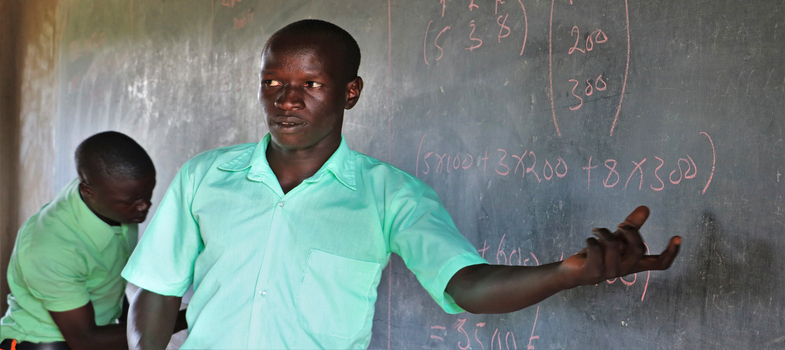Low cost experiments
Unlike what many may think, you don’t need a big fancy lab full of expensive materials and you can use experiments in any subject (not only science). Many experiments can be conducted with the help of simple and inexpensive everyday materials. For learners and teachers, it stimulates creativity.
Experiments are a form of simulation. The main objective of low-cost experiments is to enable teachers to introduce practical activities to the learners, thus improving their critical thinking and problem solving skills. Practical activities allow linking theory with practice and daily life. Moreover, with practical activities you can address specific skills and attitudes with learners such as team work, accuracy and creativity.
Steps and resources
- Decide which kind of experiment you want to set up (lesson plan).
- Look for low-cost materials.
- Try out the experiment in advance.
- Set up the experiment in class.
- Clearly explain all the different steps and leave time for learners to design and/or execute the experiment themselves.
Tools/ Roleplay Tools/ Flashcards
